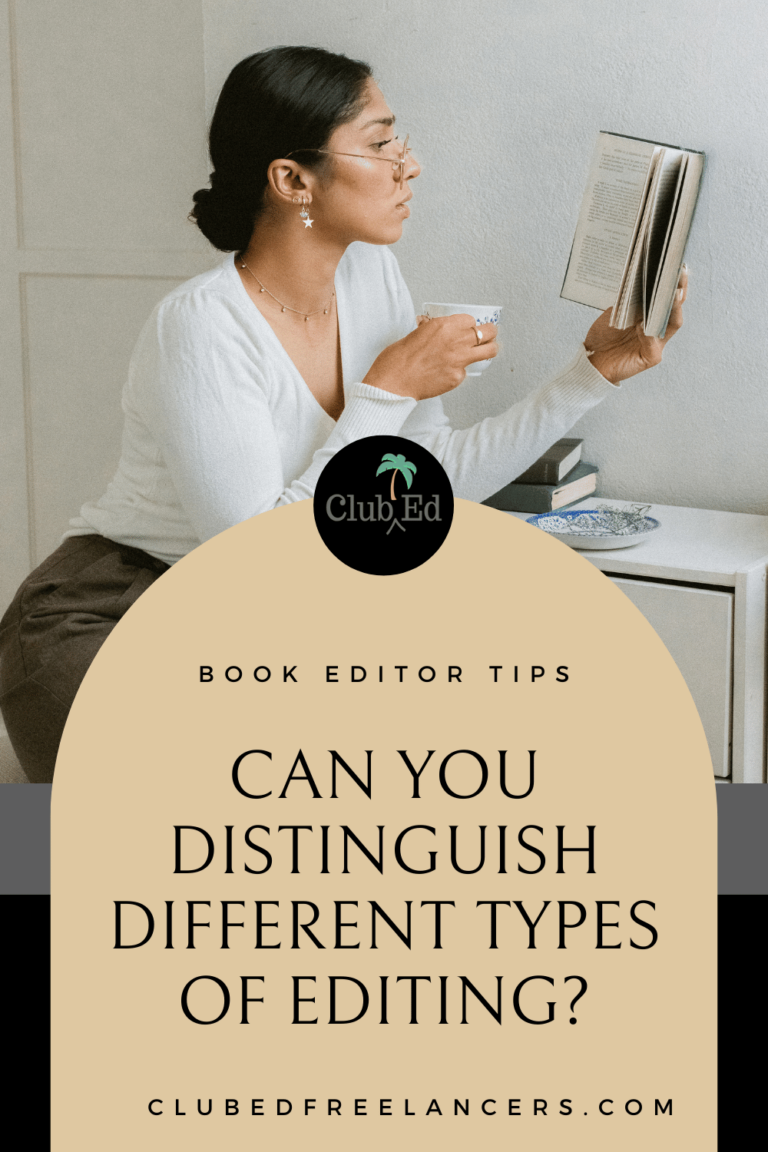The Process for Developmental Edits
The 3-Step Process for Developmental Edits
The process for developmental edits is very straightforward and easy to follow. It includes these three basic steps:
- First read-through
- Main editorial pass
- Final review
Step 1: First Read-Through
The first step in the process for developmental edits is doing a first read-through.
During the first read-through, I recommend just reading the ms for content. You want to get to know who the characters are, what the setting is, and how the plot develops. You can take notes as you go along, but I wouldn’t try to do any actual editing at this point. You need to have the ms as a whole in mind before you begin your edit.
If you find yourself too tempted to edit as you go, in can help to do your first read-through on your Kindle. All you have to do is save the ms as a PDF, then send it to your Kindle. You can find your Kindle email address in the settings.
This way you’re experiencing the ms a little bit more like a reader does. And that’s what we’re trying to do in this first read-through, experience the ms as a reader. Were there parts where you were confused, did you have too many unanswered questions, did you lose interest part way through? Were there places where you were riveted or laughed out loud? Record notes of all of those reactions.
Once I’ve finished my first read-through, I take a look at my notes and see if I can identify any developmental problems based on that first read-through. So, for example, if I have a lot of notes about not understanding character motivations, then there is probably a problem with the character development.
I’ll sketch out a very brief draft of a revision letter based on this read-through, and I’ll start marking up my checklist. I’ll add items I want to be sure I don’t overlook during the edit or cross things off that seem to be working fine.
Step 2: The Manuscript Edit
The second step in the process for developmental edits is to complete the actual manuscript edit.
I don’t do a lot of line editing when I develop a manuscript because I’m so focused on the bigger-picture issues, but I will correct egregious errors, like obvious typos. If I’m confused by a sentence or think it reads awkwardly, I’ll query it with a suggested solution in the query itself, not on the manuscript page. That way the author can copy-and-paste if they want or find some other way to deal with the issue.
Overall, I’ll be looking for consistency of plot, clear and believable characterization, appropriate world-building, and a compelling storyline (among other things). I’ll add editorial queries with my suggestions as I go along.
Step 3: The Final Piece in the Process for Developmental Edits
This third and final step is to complete the revision letter.
When I have finished this main editorial pass, I’ll revise my revision letter so that it works together with the ms edit to guide the author in their revision. There will be some overlap in the two, and that’s fine. After reading the revision letter, the author should not be surprised by anything they read in the ms edit itself.
After that main pass, which usually takes several days, I will let the edit sit for a day or two. Then I will go back for a final review, where I check to make sure all of my queries are clearly and diplomatically stated. I will prune away the ones that aren’t needed so that I don’t overwhelm the author. Then I’ll review the revision letter to make sure I haven’t missed anything and that I have included clear guidance regarding the revision.
This is the process many editors take, but I have heard from some people who find that they do better if they write the full revision letter first, and then write the manuscript queries. But I find that writing the ms queries actually helps me understand the developmental problems. So, keep in mind that you may come up with a different process that works better for you and your clients.
The End Result
Ultimately, each developmental editor will find the process for developmental edits that works best for them, but this is one way to start.
Join the Club!
New to story editing? Begin at the beginning.


